But I also want to give you a lesson structure that, with slight modification will work below the grade level I'm teaching (11th-12th). So here goes.
Objective:
Analyse impact of author's choices in a series of related texts. Analyse common theme. Analyse word choice. This is all customisable depending on what you want to do with it.
Common Core Anchor Standards:
- Read closely to determine what the text says explicitly and to make logical inferences from it; cite specific textual evidence when writing or speaking to support conclusions drawn from the text.
- Determine central ideas or themes of a text and analyze their development; summarize the key supporting details and ideas.
- Analyze how and why individuals, events, and ideas develop and interact over the course of a text.
- Interpret words and phrases as they are used in a text, including determining technical, connotative, and figurative meanings, and analyze how specific word choices shape meaning or tone.
- Analyze the structure of texts, including how specific sentences, paragraphs, and larger portions of the text (e.g., a section, chapter, scene, or stanza) relate to each other and the whole.
Explore:
Students are divided into groups (or if you want to make it simple but more time-consuming, have all students do all/most of the songs).
Read the lyrics to the song (and/or listen to it or watch it on YouTube if time/tech allows). The inquiry question is some form of this:
What is the overall message in the song? What language helps convey that message?
All of these songs make extensive use of figurative language to convey the theme/narrative. Here are some songs that could work (substitute your favourite song or poem if you want):
Your Heart is an Empty Room or Title and Registration by Death Cab For Cutie
The Stone (full band) or The Space Between by Dave Matthews Band
The Cave or Roll Away Your Stone by Mumford and Sons
Ballad of Love and Hate or Weight of Lies by Avett Brothers
Then have the students mark up the text. I use patterning. You can use whatever you want. You could even do it with them, so long as they draw conclusions about the inquiry question for themselves. They can write their answers or do videos or talk in small groups...whatever floats your pedagogical boat.
After that, get students into groups with students who did different songs/poems. Have them start making lists of similarities in the way the artists convey theme. Hopefully it is here they will figure out that it's figurative language that make them similar. Even better, they'll figure out something WAY more interesting than that connection (this always happens when I do this with students).
Flip:
If you are a content-video flipper, you could make a video with definitions of literary terms like this video.
If you are a process-video flipper, you could make a video of yourself marking up a different song/poem and discussing the inquiry question to model the process.
Apply:
Have students find their own song or poem and complete the same analysis process on it that we did in the Explore phase. I'd also have them do a process video of them marking it up, then I'd have two students trade videos and come up with ways in which their poems/songs were similar.
But here's the cool thing about the apply phase - you could have them do ANYTHING. A creative project, write their own song with figurative language, whatever. Application is the "fun" part in EFA.
You could even have students define a literary device in a video/essay/blog post/project using their self-chosen song/poem as an example. These would make awesome teaching videos next time you taught this unit.
More ideas of how to expand this lesson? Post them as comments!
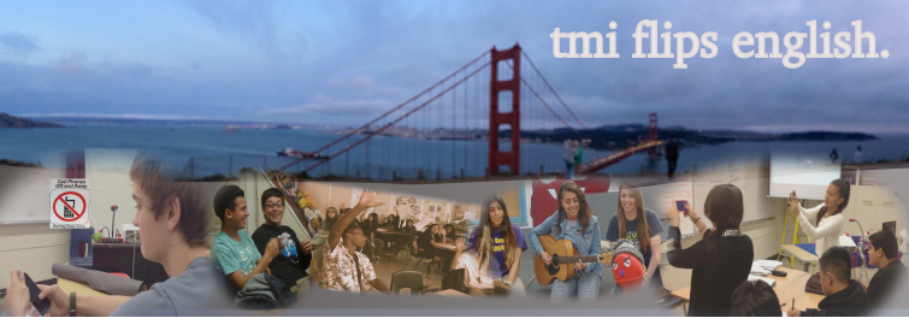
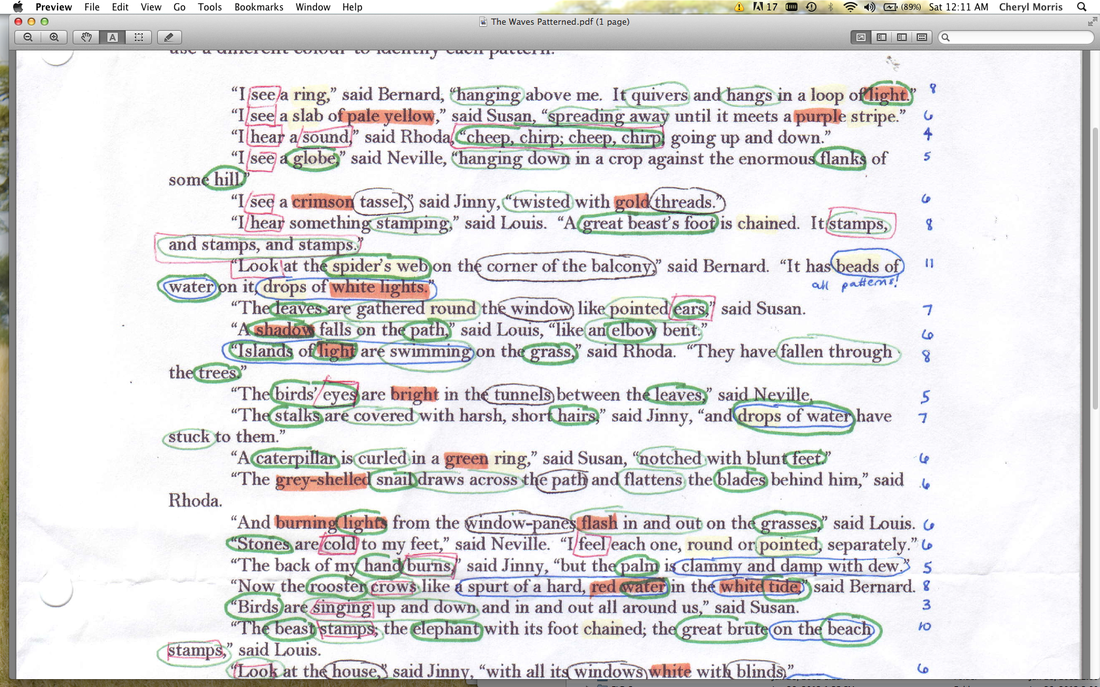
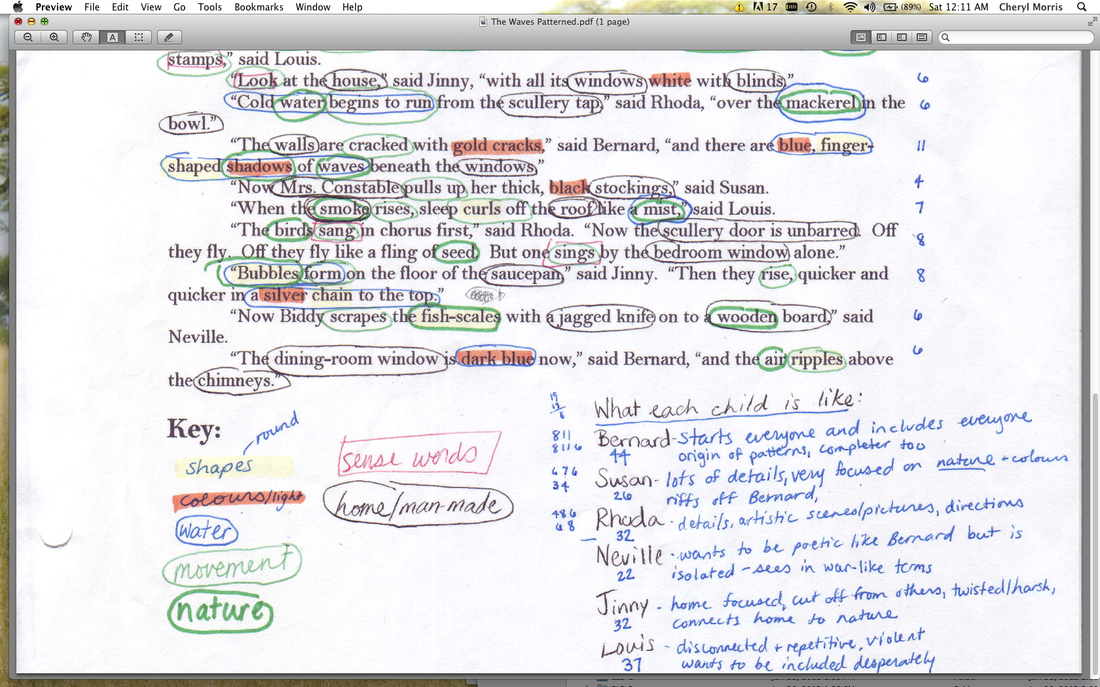
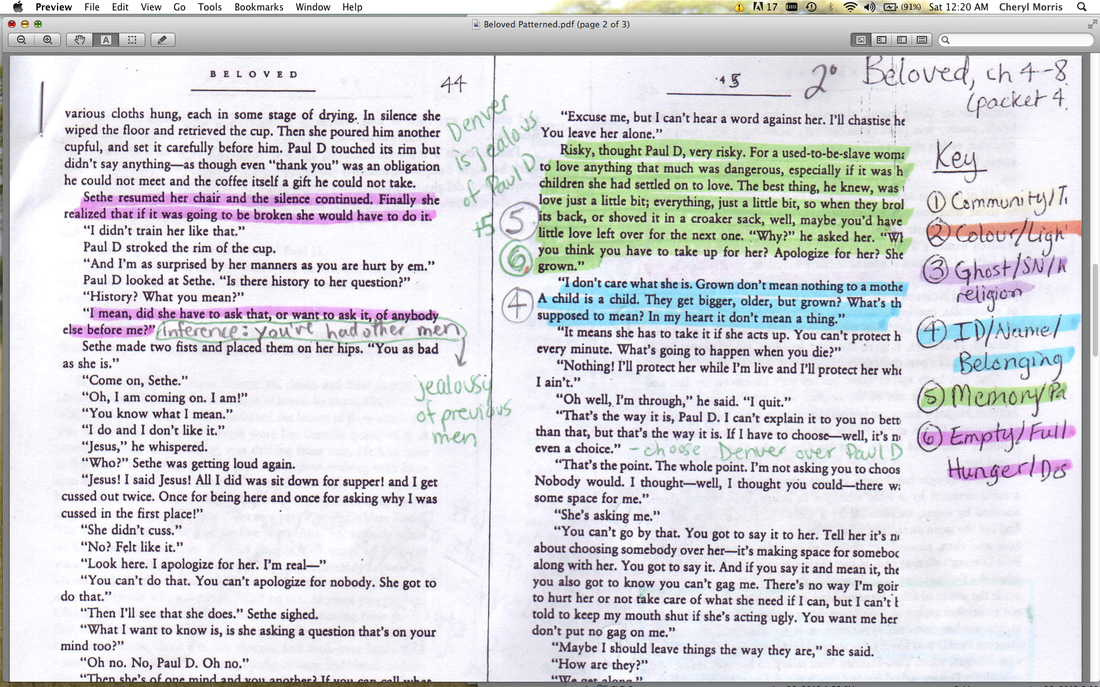
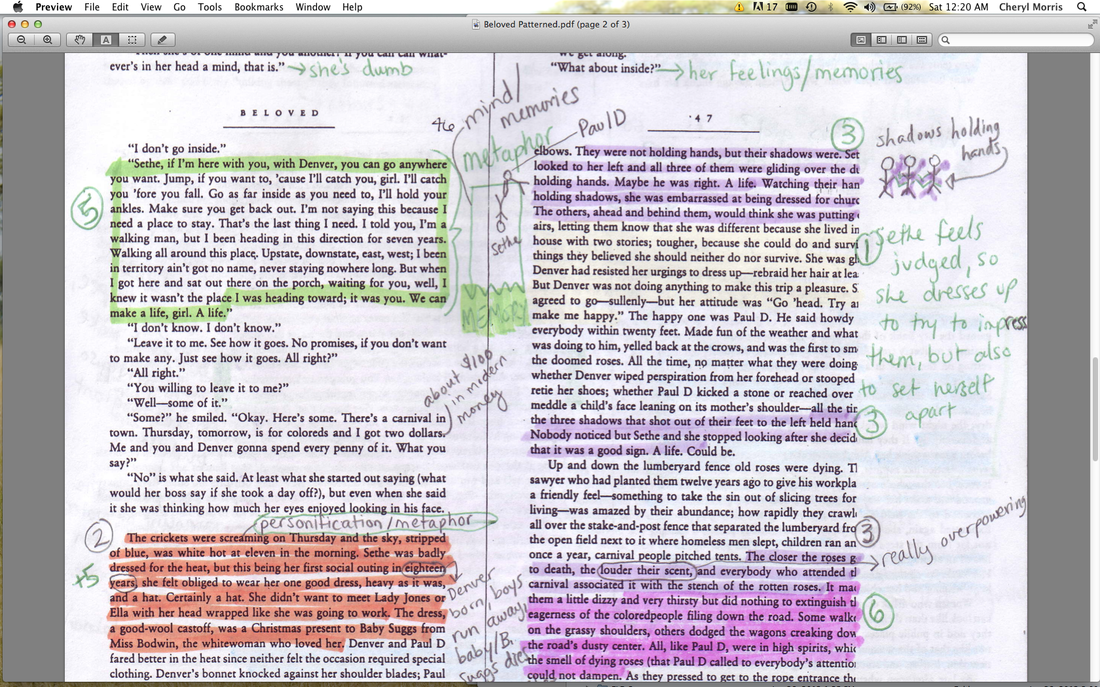

 RSS Feed
RSS Feed
